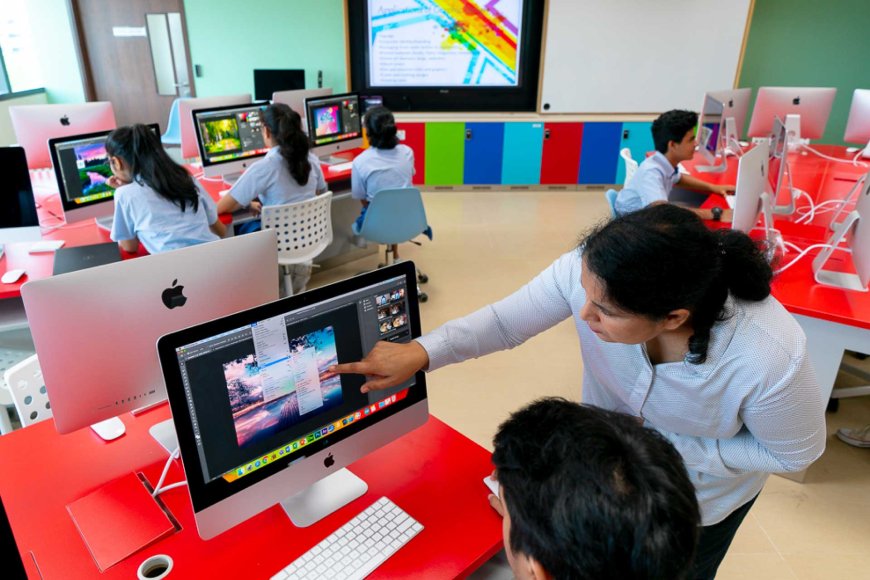How Digital Classrooms Are Changing Education in India
Discover how EdTech and digital classrooms are revolutionizing education in India, making learning more accessible, interactive, and future-ready.

The rapid growth of technology is reshaping the Indian education system. EdTech, or educational technology, has introduced digital classrooms, making learning more accessible, interactive, and personalized. As schools across India embrace this transformation, the benefits are becoming clear. Here’s a closer look at how EdTech is changing the way students learn.
1. What is EdTech?
EdTech combines technology and education to create innovative tools like online platforms, virtual classrooms, and AI-powered learning systems that enhance teaching and learning.
2. Accessibility to Quality Education
Digital classrooms provide students in remote areas access to high-quality education resources, bridging gaps between urban and rural schools.
3. Interactive Learning Experiences
Smartboards, videos, and gamified platforms make lessons engaging, helping students retain concepts better through visual and hands-on learning.
4. Personalized Learning
EdTech platforms adapt to individual learning styles, offering customized content and progress tracking for each student.
5. 24/7 Learning Opportunities
With digital platforms, students can access study materials anytime, enabling self-paced learning and better preparation for exams.
6. Teacher Empowerment
EdTech tools assist teachers by automating administrative tasks and providing insights into student performance, freeing up time for interactive teaching.
7. Cost-Effective Solutions
Online resources and virtual classrooms reduce the need for expensive textbooks and infrastructure, making education more affordable.
8. Skill Development for the Future
EdTech encourages students to develop critical 21st-century skills like problem-solving, digital literacy, and collaboration through modern tools and real-world applications.
9. Focus on Regional Inclusivity
Many EdTech platforms now offer content in regional languages, ensuring inclusivity for students from diverse linguistic backgrounds.
10. Impact During the Pandemic
The COVID-19 pandemic accelerated the adoption of EdTech, ensuring uninterrupted learning through online classes and virtual teaching methods.
Conclusion
EdTech is revolutionizing education in India by making it more inclusive, interactive, and future-ready. While challenges like internet access and teacher training remain, the potential for digital classrooms to transform learning is undeniable. By embracing these advancements, India is paving the way for an education system that prepares students for the demands of a rapidly changing world.
With EdTech at the forefront, the dream of quality education for all is becoming a reality, one digital classroom at a time.




























